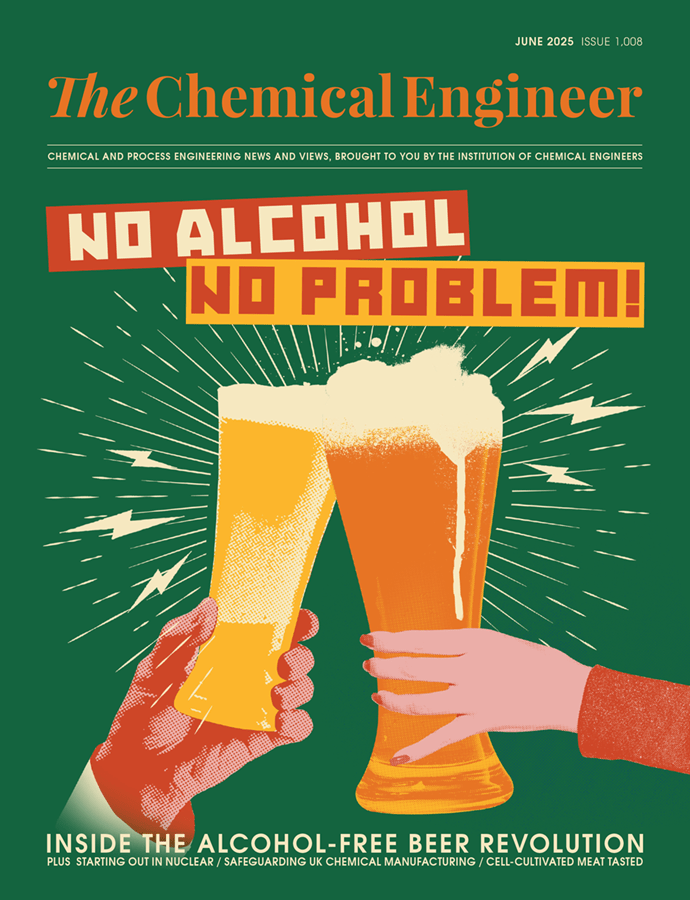Charting a Safe Course
Leanne Potter and Ashley Hynds take to the high seas to underline the importance of an effective management, control, and reporting system when it comes to process safety
MAJOR hazard businesses can be like supertankers; slow to move, and even harder to change course. And just like a supertanker, there needs to be a clear line of sight between the boardroom (bridge) and the control room (engine room) to be able to navigate safely. A ship’s master needs to know their current position, destination, and course. Business leaders need to understand their current process safety status, what needs improvement, and how they’ll get there. But how is this achieved in practice?
An effective management, control, and reporting system (MCRS) ensures that a clear line of sight is in place. It provides clarity on where information is collected within an organisation, where it is reported, where decisions are made and direction is set, and where responsibility lies. Generally, information is reported up through an organisation and the resulting strategy trickles back down. In the example in Figure 1, from work execution, information travels through a daily operations call and ultimately up to the board. Information can also flow through other means such as through audits, digital dashboards, and informal networks.

When management systems go wrong
Many people will be familiar with the disasters that resulted from a failure of a management system. Chernobyl, Bhopal, and the failure of the Challenger shuttle all came about, at least partially, due to poor management decisions, a lack of visibility about what was going on at the frontline, and weaknesses in the internal flow of process-safety-related information.
Improving the line of sight
To help clients better manage their process safety risks, DNV has developed a three-stage methodology (see Figure 2) to improve their management, control, and reporting systems:
1. We run a workshop where we map current arrangements in detail to understand what process-safety-related information is collected, how it flows through the organisation, and who makes the decisions
2. We identify opportunities for improvement using our knowledge of major hazard industries and business good practice. We do this through running follow-up workshops to identify and recommend improvements; organisations then go on to trial and adjust their new processes
3. Changes are selected and implemented in the final stage through revising the MCRS. This includes defining new processes, such as reporting lines and decision-making authorities, and updating reference documents (eg meeting terms of reference). We also provide training and support at this stage to aid the continuous improvement

Mapping workshop
The process mapping workshop (pictured below) aims to identify what process-safety-related information gets collected, reported, and reviewed so that we can understand how the organisation currently operates. A broad range of staff at all levels and functions need to be involved to ensure it is truly representative.
Participants are requested in advance of the workshop to think about which of their regular meetings and activities relate to management of process safety, and to bring along a document representing that activity (eg a meeting terms of reference, a calendar entry, a dashboard). The participants’ documents are then placed on a large piece of brown paper during the workshop to represent the overall flow of the process; a digitised version is included in Figure 3.
The paper has two axes, with organisational level on the vertical axis, and frequency on the horizontal axis. Activities completed at the upper levels of the organisation are placed at the top of the mapping, with activities completed by the frontline at the bottom of the mapping, and other organisational levels placed in between. Similarly, activities completed at the annual level were placed at the left of the mapping, with activities completed frequently placed at the right of the mapping. The different activities are then linked, showing how their inputs and outputs flow between each other and how information travels through the organisation. Mapping out and connecting individual activities in this way allows us to better understand the overall management system.

Recent Editions
Catch up on the latest news, views and jobs from The Chemical Engineer. Below are the four latest issues. View a wider selection of the archive from within the Magazine section of this site.




